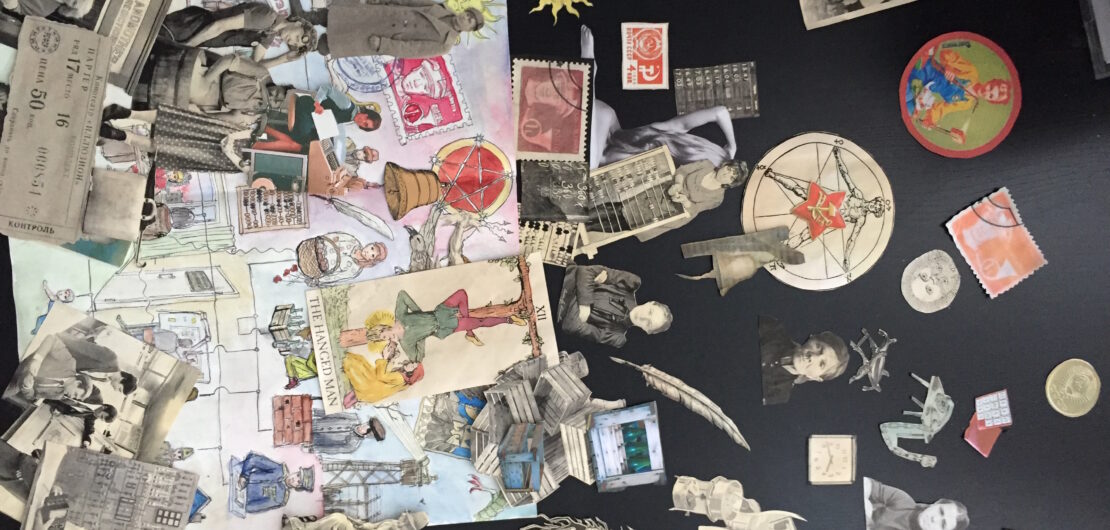
Constellations
CONSTELLATIONS is complicated collages about making decisions.
In this project, I look at the moment of making a decision. Decisions are made in different places, at different times, on different topics, but each time they change the life of a protagonist.
The decision is influenced by several elements:
• the SACRAL layer, which includes the horoscope, worldview or religion,
• FAMILY layer, containing relationships and conflicts of the closest people, in the form of a genogram,
• SOCIAL layer, containing the cultural code and the „Zeitgeist”,
• PHYSICAL environment as a direct reality of the place and moment,
• the HERO himself – the protagonist.
Considering the decision-making process makes sense because, contrary to appearances, we are not able to logically and reasonably measure the components of decisions, we do not know what will happen next.The juxtaposition and coexistence of these very different layers builds the metaphor of the moment – between apotheosis and apocalypse.
Additional threads that appeared (and disappeared) during the development of the project for various reasons were collected and presented on the “roadmap”. This map is a kind of diary that allows for a more multidimensional approach to the topic.
Thanks for your attention!
If project subject is important to you and looks interesting for you, then feel free to support it! Now you can buy it as NFT on OpenSea marketplace.
https://www.instagram.com/dmitrii_molev_art/
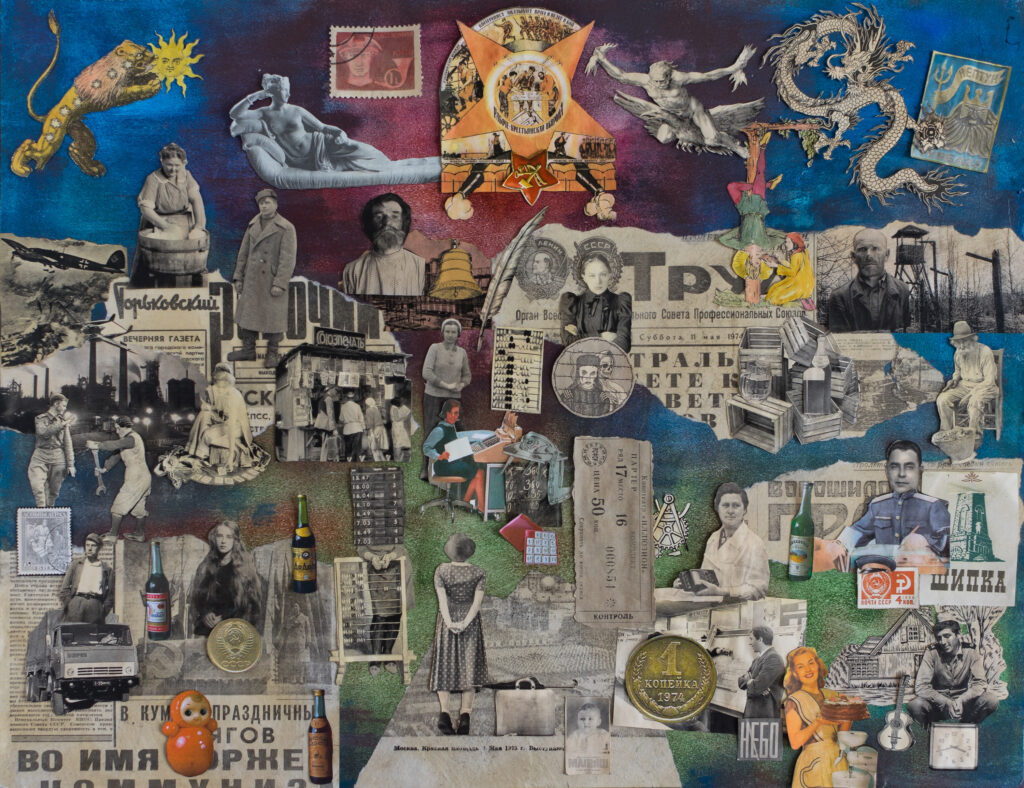
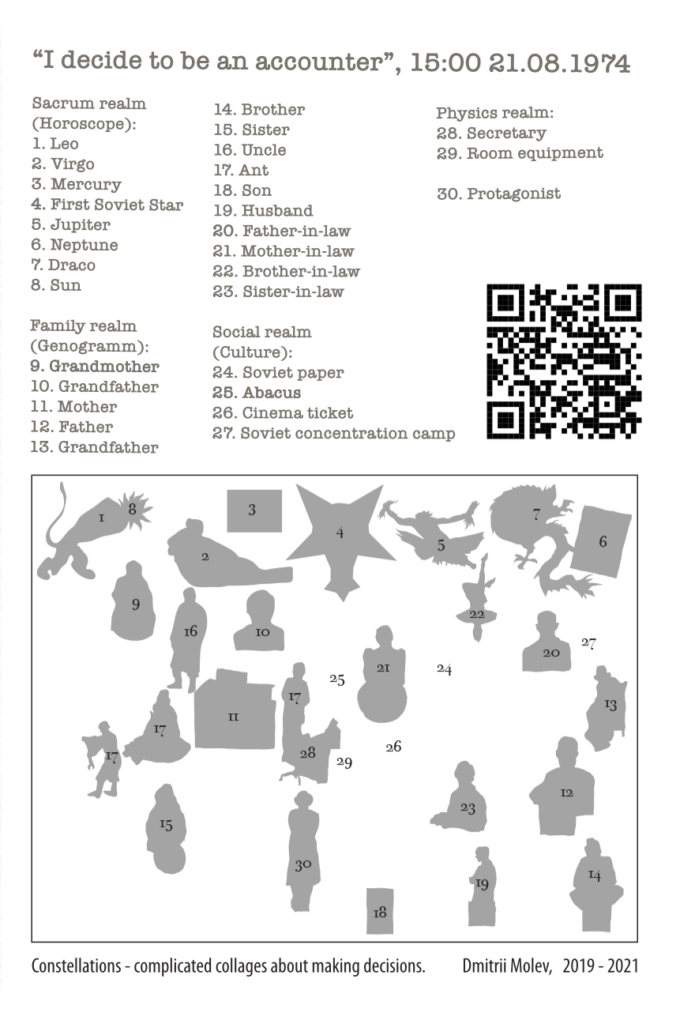
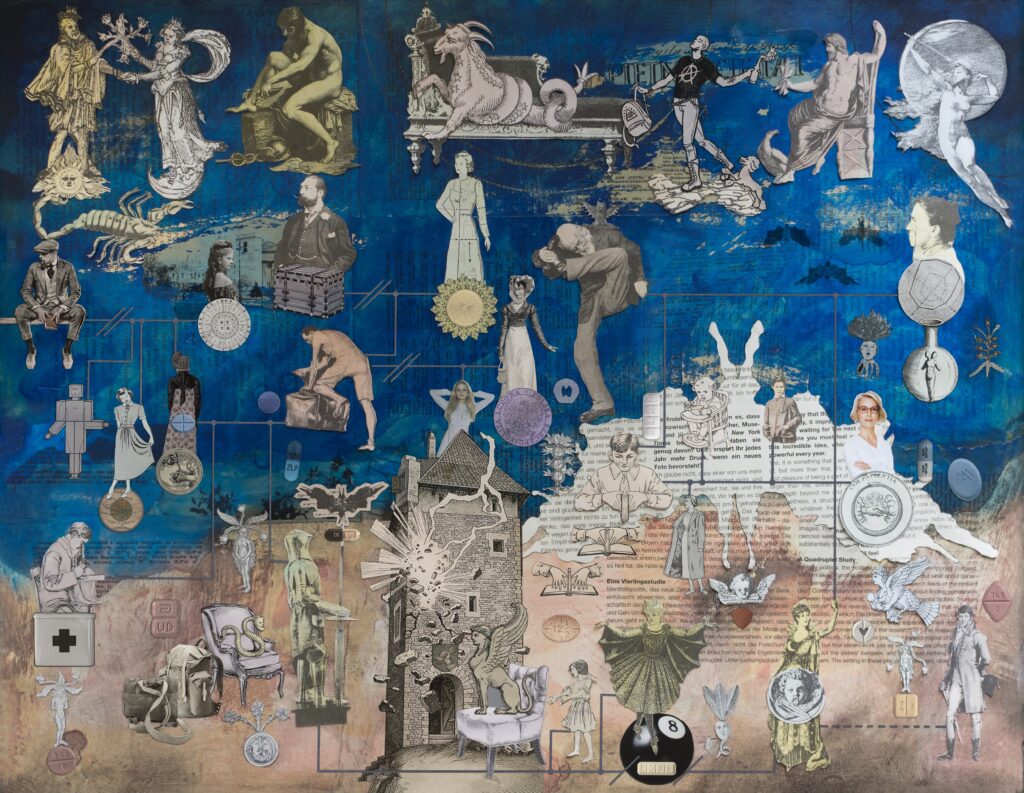
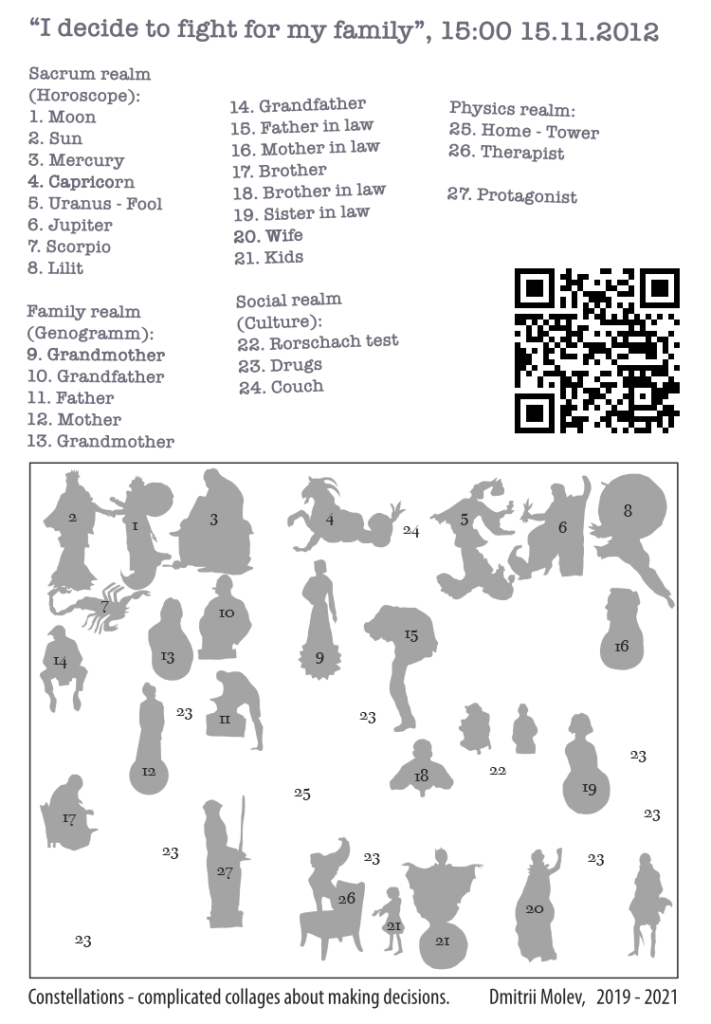
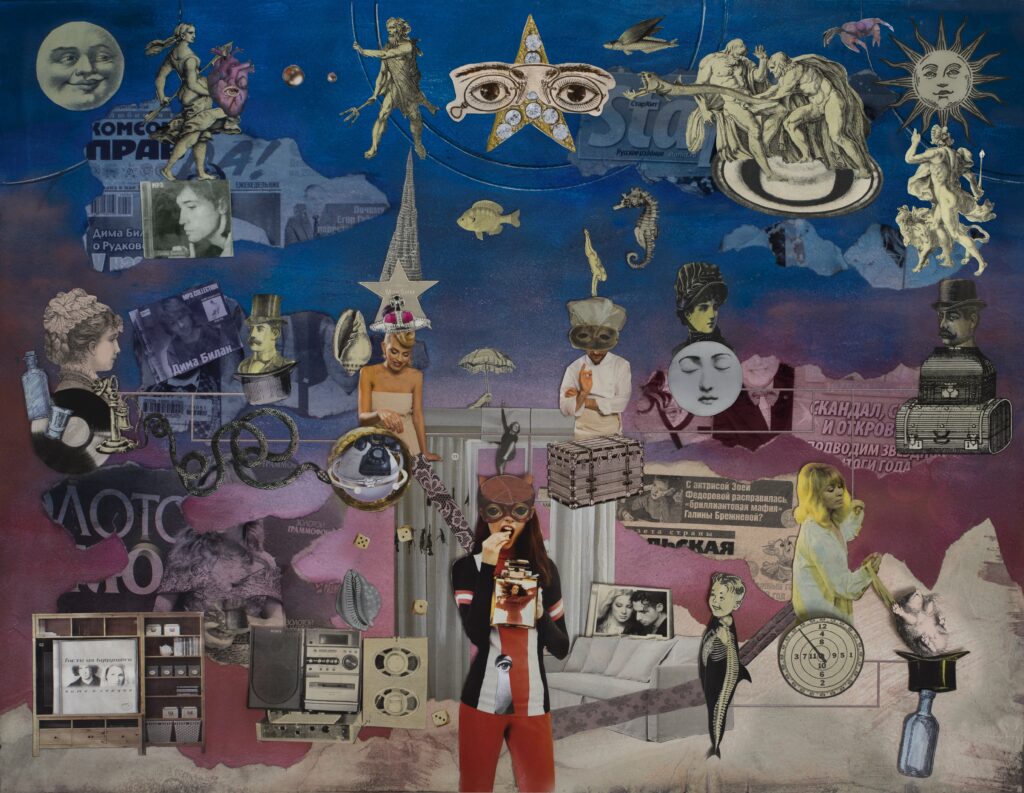
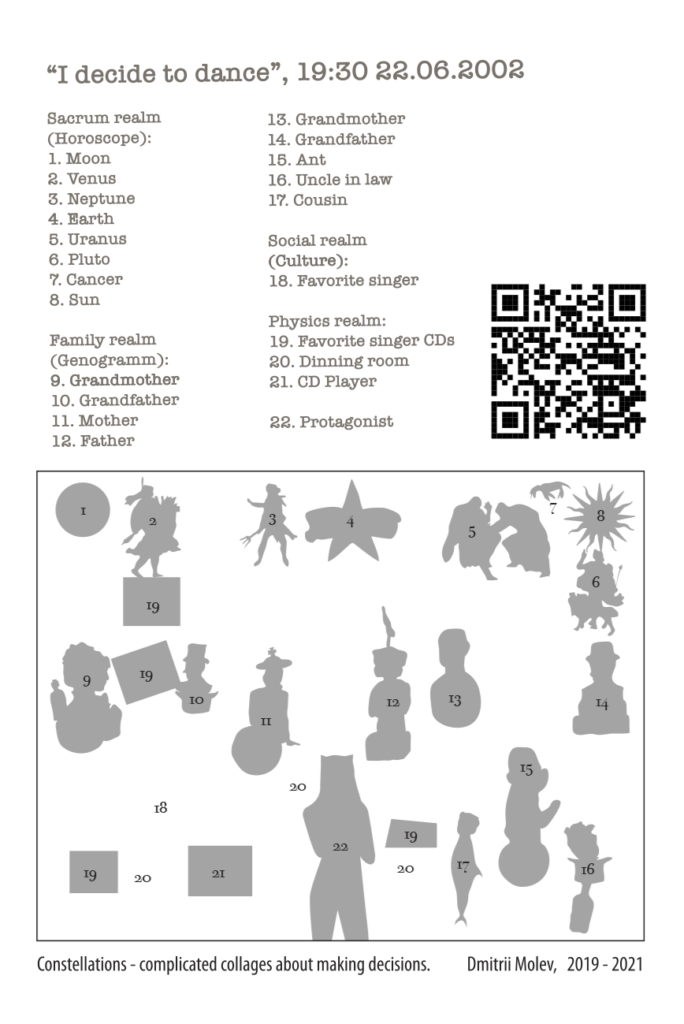
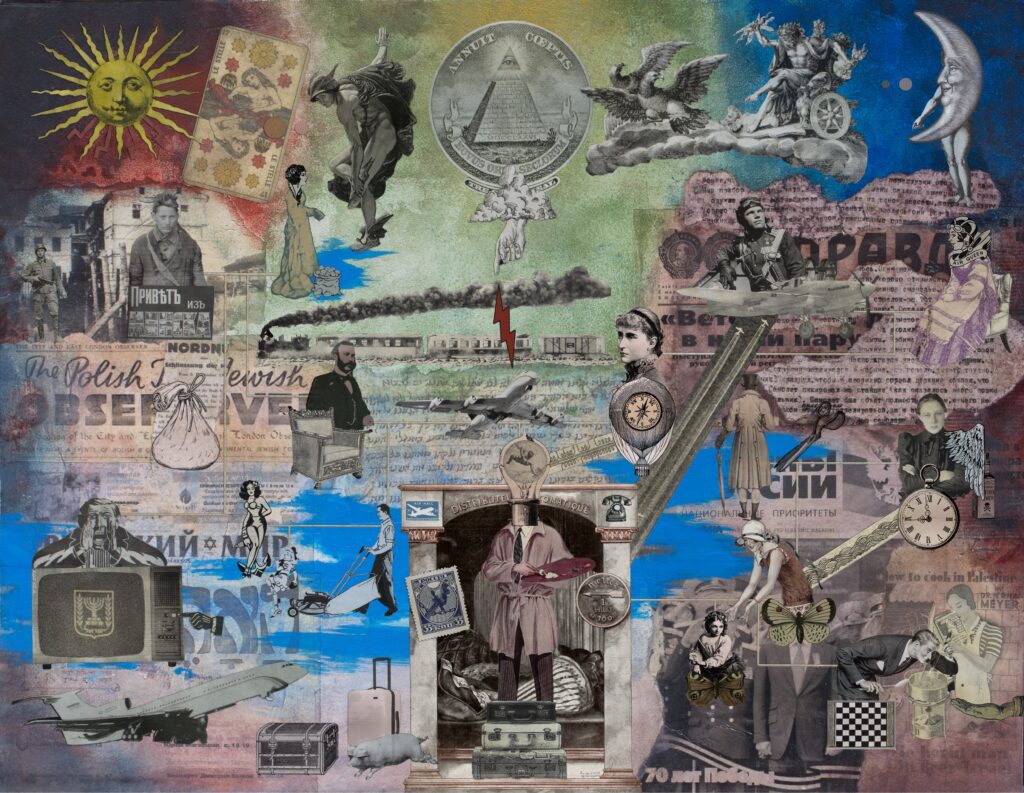
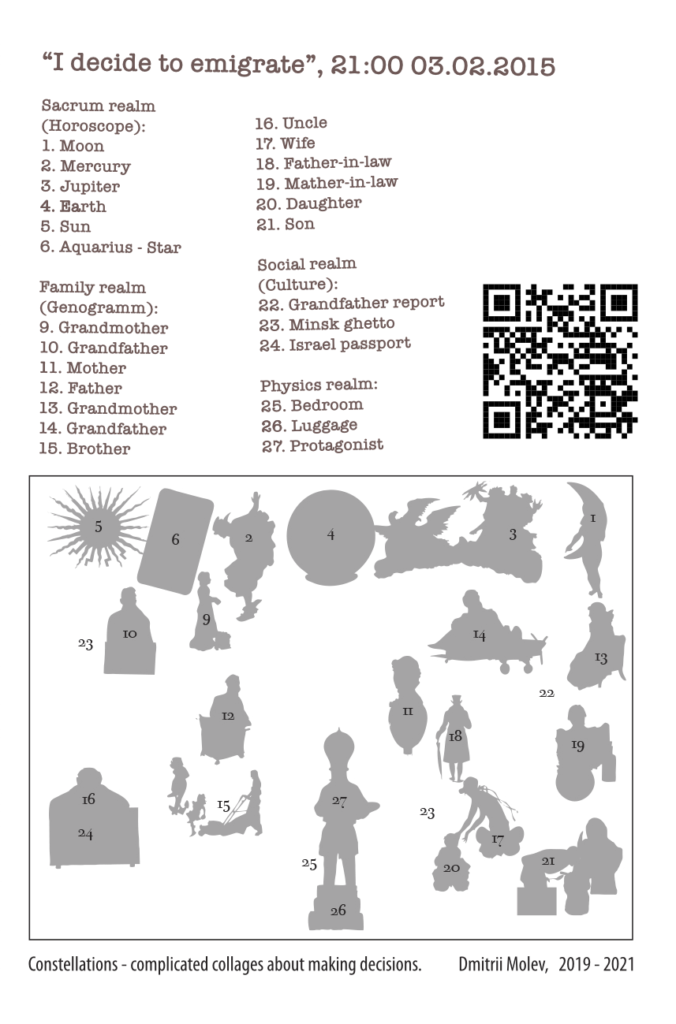
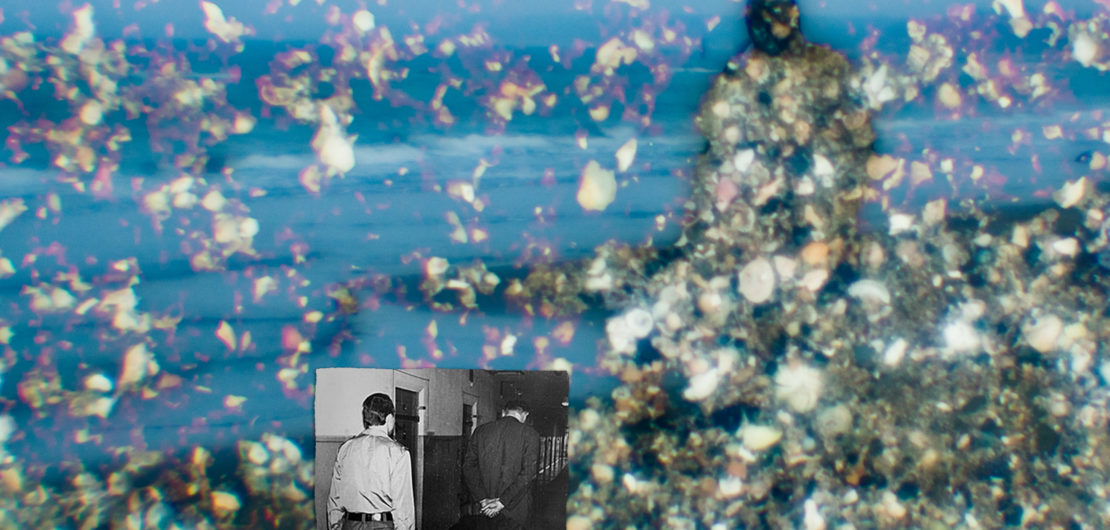
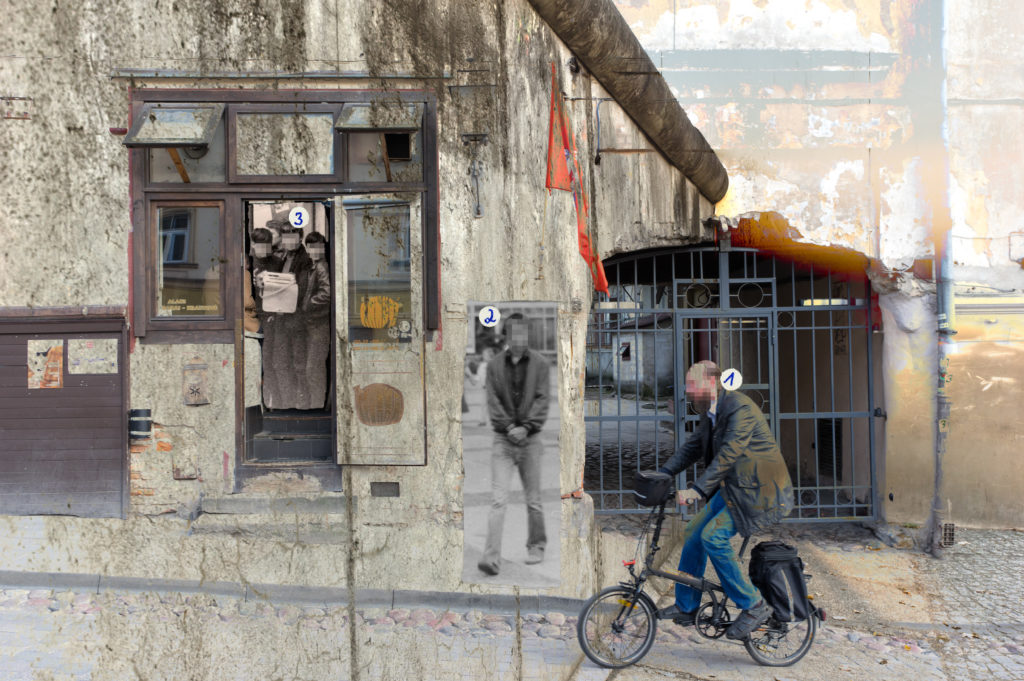
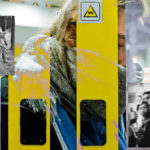
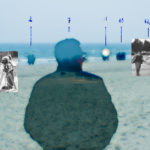
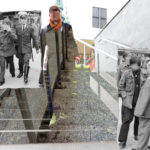
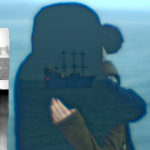
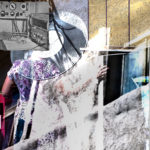
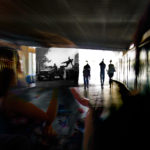



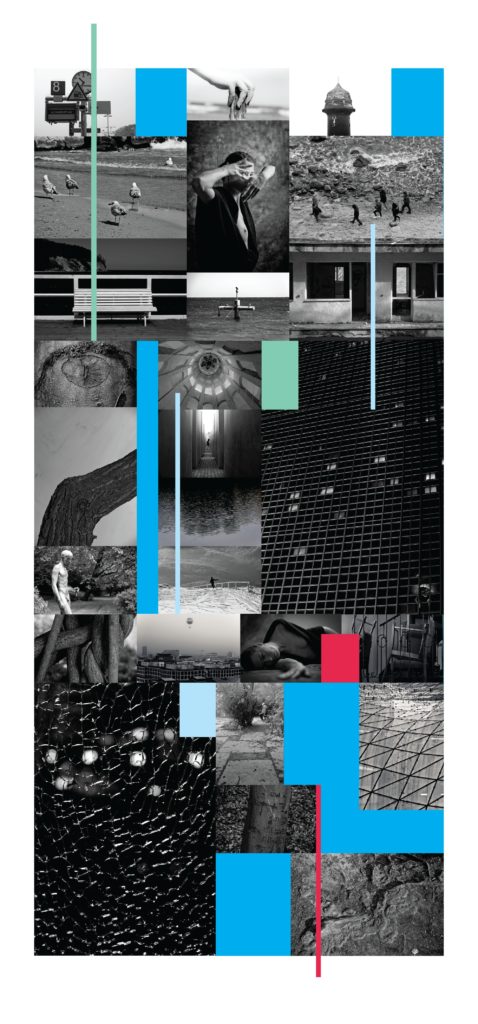 Loneliness is like the rain.
Loneliness is like the rain.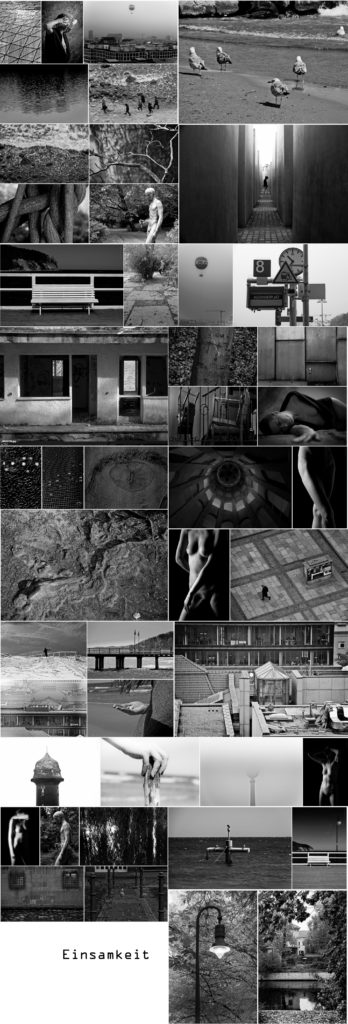 Samotność jest jak deszcz.
Samotność jest jak deszcz.




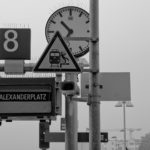
You must be logged in to post a comment.